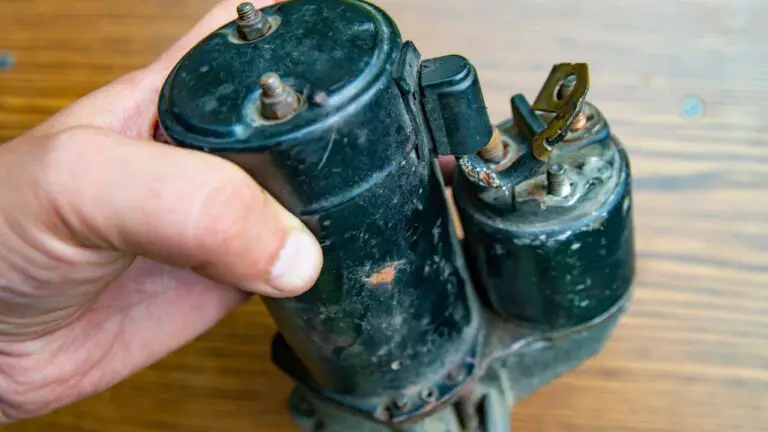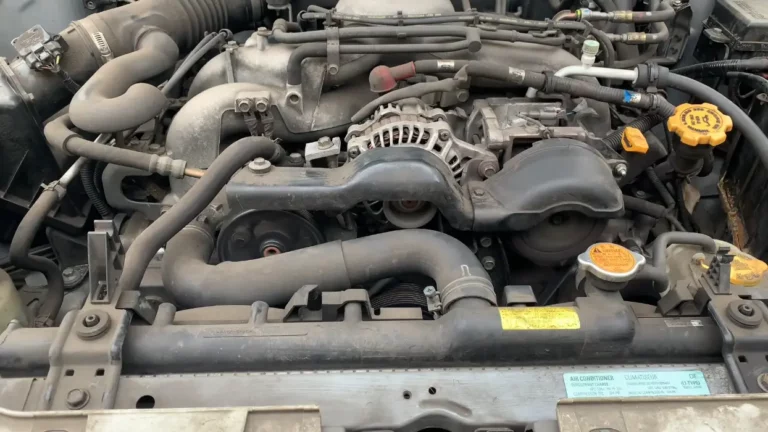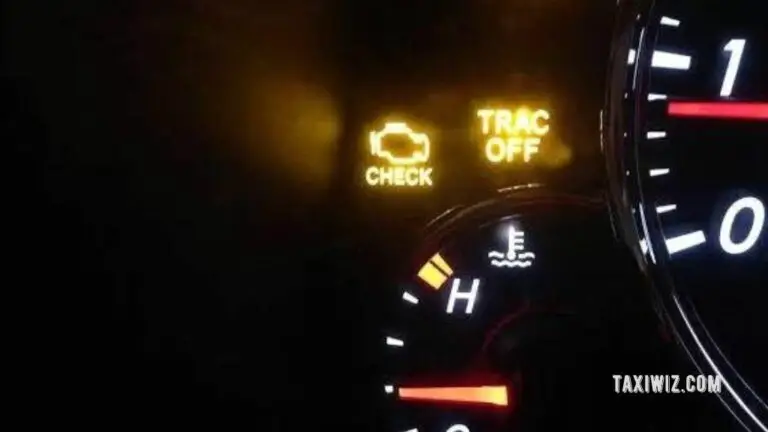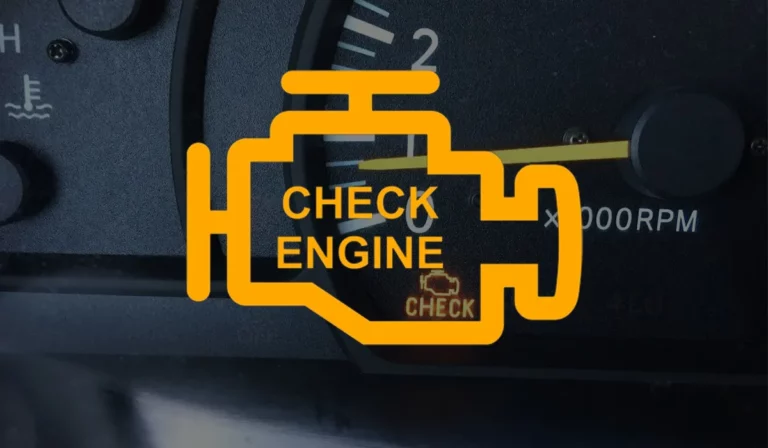Difference Between Input and Output Speed Sensor
The Input and Output Speed Sensors are essential components in modern automotive transmissions.
The input sensor monitors the transmission’s input shaft speed and the output sensor monitors the output shaft speed. Together, they calculate the transmission’s actual gear ratio during use.
This article covers the difference between input and output speed sensors including their importance, signs of a malfunctioning sensor, diagnostic methods, and replacement steps.
What is an input speed sensor?
An input speed sensor is a component in a car’s transmission system that monitors the rotational speed of the engine input shaft.
This sensor is crucial for the proper operation of the transmission, as it provides feedback to the car’s powertrain control module to determine the appropriate gear ratio and ensure that the transmission is operating correctly. The input speed sensor is typically located near the torque converter or flywheel and may generate an AC voltage signal that is measured by the car’s computer system.
What is an output sensor?
An output speed sensor is a component in a car’s transmission system that monitors the rotational speed of the transmission output shaft.
This sensor is responsible for providing information to the car’s powertrain control module, which is used to determine vehicle speed and ensure that the transmission is operating correctly. The output speed sensor may generate a digital or square wave signal that is processed by the car’s computer system.
Input Speed Sensor vs. Output Speed Sensor
Here are some key differences between input and output speed sensors:
Location
The input speed sensor is located on the transmission’s input shaft, while the output speed sensor is located on the transmission’s output shaft.
Function
The input speed sensor monitors the rotational speed of the engine input shaft, while the output speed sensor monitors the speed of the transmission output shaft.
Signal type
The input speed sensor often generates an AC voltage signal, while the output speed sensor typically generates a digital or square wave signal.
Output signal
The input speed sensor generates a signal that is proportional to engine speed, while the output speed sensor generates a signal that is proportional to vehicle speed.
Diagnostic use
Diagnosing transmission problems often involves using data from both input and output speed sensors. If there is a discrepancy between the two signals, it can indicate an issue with the transmission.
Testing
Testing the input speed sensor often requires measuring the AC voltage signal with a multimeter, while testing the output speed sensor typically involves using an oscilloscope.
Failures
Failures in the input speed sensor can cause transmission shifting issues, while failures in the output speed sensor can cause speedometer inaccuracies.
Are input and output speed sensors interchangeable?
No, input and output speed sensors are not interchangeable. They have different functions and are located in different areas of the transmission system.
Interchanging the input and output speed sensors could cause damage to the vehicle and may result in incorrect data being sent to the car’s computer system, leading to various transmission problems.
Can a faulty input or output speed sensor affect the performance of a vehicle?
Yes, a faulty input or output speed sensor can affect the performance of a vehicle.
A bad speed sensor can cause problems with the transmission, resulting in issues such as delayed or harsh shifting, or the transmission not shifting at all. Additionally, a failing speed sensor can affect more than just the speedometer reading, as the car’s computer system relies on the input from these sensors to determine the appropriate gear ratios and ensure that the transmission is operating correctly.
Therefore, it is important to have faulty speed sensors diagnosed and repaired promptly to avoid potential transmission problems and ensure the vehicle is operating safely and efficiently.
How can I diagnose a problem with an input or output speed sensor?
Here are the general steps to diagnose a problem with an input or output speed sensor:
Check for error codes
Use an OBD-II scanner to check for any stored error codes related to the speed sensors.
Inspect the sensors for damage
Carefully inspect the sensors and wiring harness for any signs of damage, such as broken wires or corroded connectors.
Test the sensors with a multimeter
Remove the sensor, and test its output signal with a digital multimeter. Compare the readings to the manufacturer’s specifications.
If no voltage is received, the sensor is faulty. If voltage is received, you may need to have the car diagnosed by a qualified tech.
Check the wiring and connectors
Test the wiring and connectors to ensure they are properly connected and not damaged or corroded.
Check the sensor reluctor ring
For output speed sensors, locate the reluctor ring on the output shaft. Check for any damage or debris that may prevent the sensor from reading the shaft’s speed accurately.
Road test the vehicle
If no issues were found with the speed sensors, road test the vehicle to confirm that it shifts gears normally and that the speedometer is accurate.
Can I replace a faulty input or output speed sensor myself?
Yes, you can replace a faulty input or output speed sensor yourself if you have some experience as a DIY mechanic.
The process involves simple steps. However, it’s essential to handle these sensors with care, especially on older vehicles and vehicles driven in harsh weather, as the plastic electrical connector can break or crack easily.
How to replace a faulty input or output speed sensor?
Replacing a faulty input or output speed sensor is a relatively straightforward process that any experienced DIY mechanic can perform.
Here are the general steps for replacing a faulty input or output speed sensor:
- Step 1: Disconnect the battery cable
Begin by disconnecting the negative battery cable to prevent any electrical shock or damage.
- Step 2: Locate the sensor
Locate the faulty input or output speed sensor and disconnect the sensor connector. Be careful when handling the plastic electrical connector, especially on older vehicles and vehicles driven in harsh weather, as the plastic can break or crack easily.
- Step 3: Remove the faulty sensor
Unscrew and remove the faulty speed sensor.
- Step 4: Check the damaged wire
Check the connector wiring for any signs of damage or exposed wire. Repair any exposed wires using electrical tape, and replace the connector if broken.
- Step 5: Cautious about the O-ring
Check that the new replacement sensor comes with an O-ring.
- Step 6: Install new sensors
Install and tighten the new speed sensor, being careful not to over-tighten and break the sensor. Connect the new speed sensor electrical connector.
- Step 7: Reconnect the battery cable
Reconnect and tighten the negative battery cable.
If unsure about the replacement process, consult the vehicle’s service manual or a professional mechanic to ensure proper installation and safety.
Expense of Replacing Input and Output Speed Sensors
The cost of replacing input and output speed sensors can vary depending on the make and model of the vehicle and the cost of the parts.
However, overall, replacing a faulty speed sensor is generally considered to be a relatively simple and straightforward process that can be performed by an experienced DIY mechanic.
Failing to replace a faulty speed sensor can lead to costly engine and transmission damage down the line. It is recommended to handle these sensors with care, as the plastic electrical connectors can break or crack easily, especially on older vehicles.




